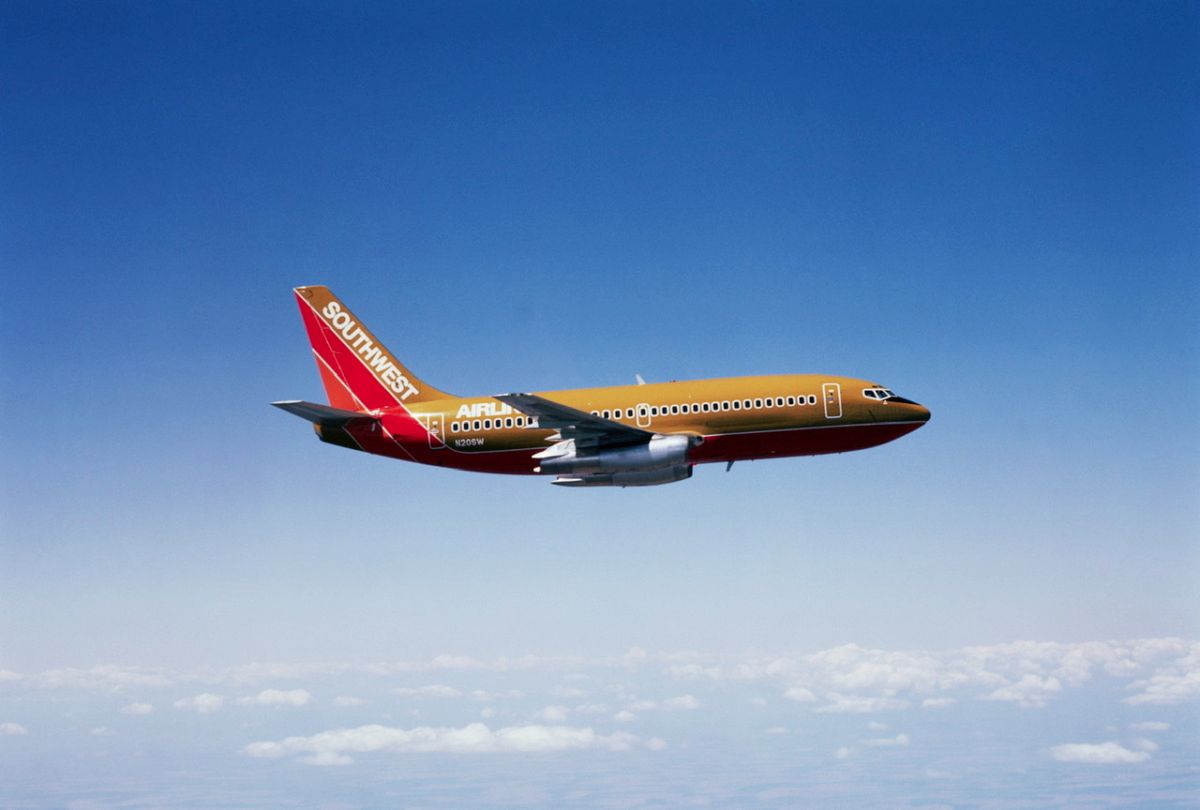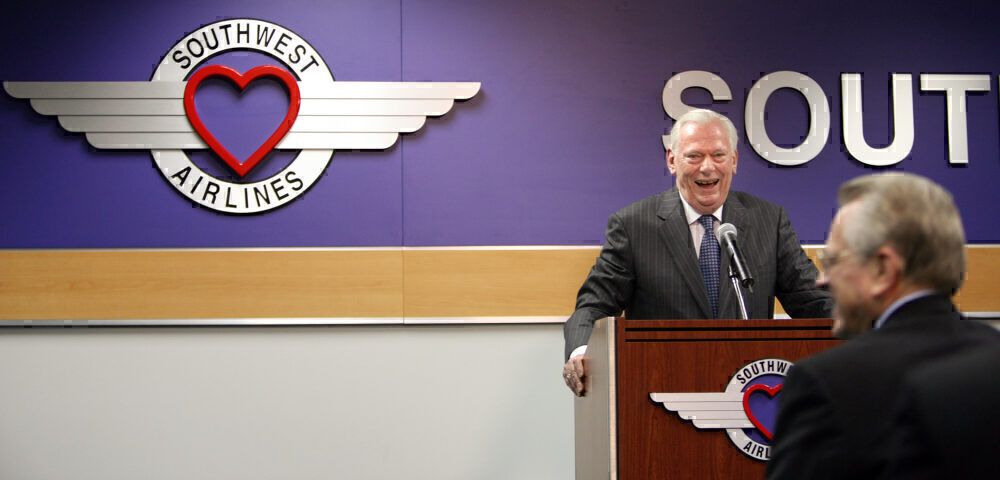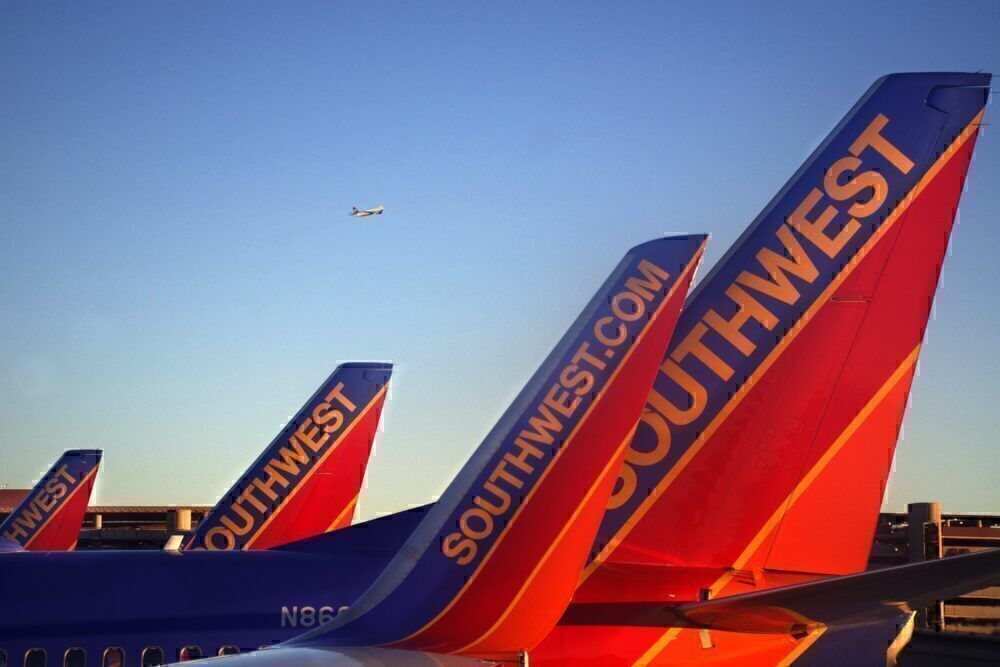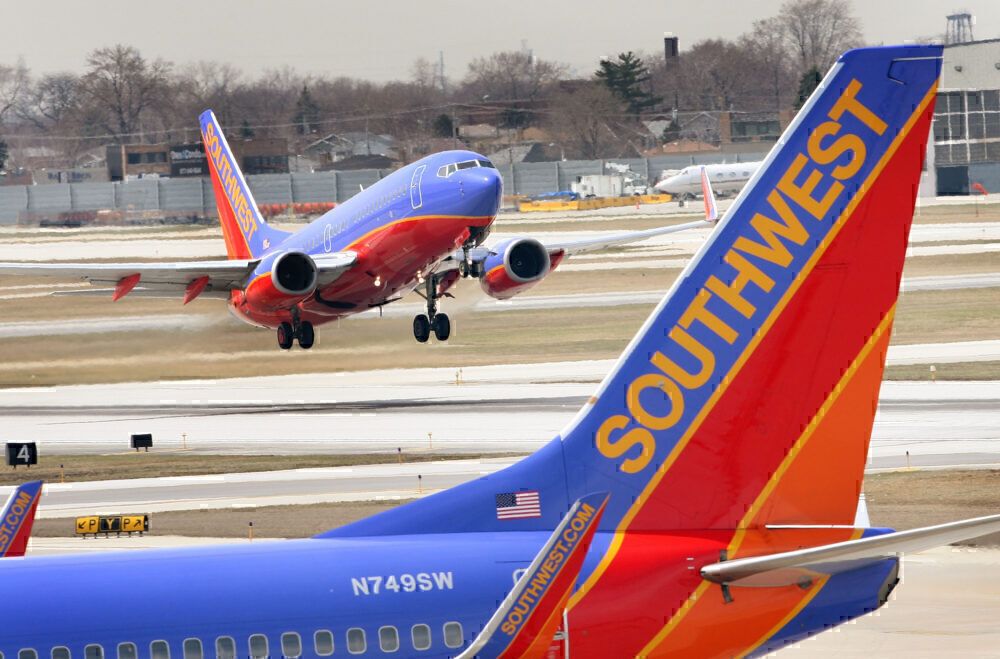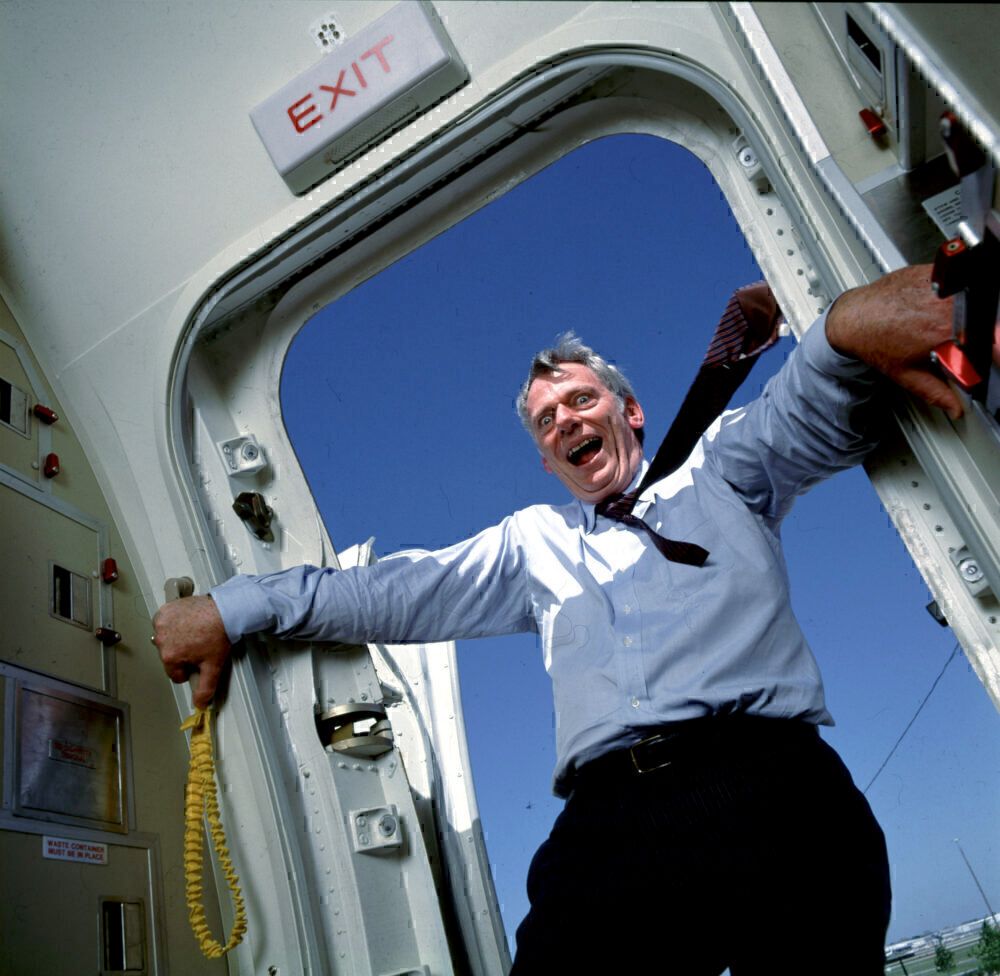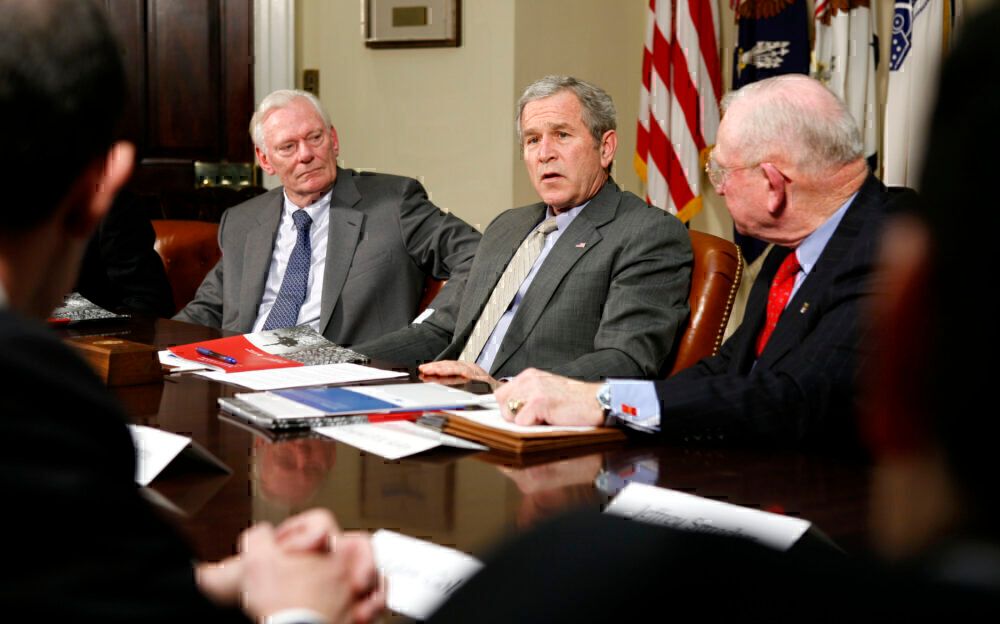Southwest Airlines was a latecomer to the party compared to the other United States aviation powerhouses. However, the carrier managed to assert itself into the prestigious "Big Four" club within the country. Co-founder Herb Kelleher was integral to the operator's growth through the decades. Let's take a look at the businessman's approach during his tenure at the company.
Thinking out the box
The lawyer came up with the model of the airline with his client, Rollin King, in a hotel bar in San Antonio in 1967. The original plan was drawn out in a triangle drawn on a cocktail napkin. The image symbolized the linking of the Texan cities of San Antonio, Dallas, and Houston. Kelleher injected $10,000 of his own money to get the company going. He sought to create a cheaper airline that would fly between these three key locations in the state.
During this era, the Civil Aeronautics Board (CAB) oversaw market regulations across the country. However, some of these controls did not apply if the carrier would solely operate in Texas. So, Southwest would be able to charge lower prices and undercut prospective rivals.
However, existing airlines weren't so keen to let a new player join the game. Subsequently, it took several years for the firm to hit the skies. Notably, Braniff, Trans-Texas Airways, and Continental Airlines went through legal proceedings against Southwest that caused the delay to its operational launch.
Overcoming the odds
Nonetheless, in 1970, the firm rose to the challenges. The Texas Supreme Court upheld the company's right to fly within Texas. The following year, it launched as an intrastate airline.
During the first decade, Kelleher fought tooth and nail to enable his company to rise. He then became chairman in 1978 before gaining the title of CEO in early 1982. During this period, Southwest had just 27 aircraft, $270 million in revenue, and 2,100 employees. Moreover, it flew to 14 cities. However, under Kelleher's leadership, the Dallas-based outfit grew to a multibillion-dollar business, with a significant presence across North America.
Since 1973, when it first turned a profit, the company didn't report a full-year loss all the way Kelleher's passing on January 3rd, 2019. This factor is exceptional in an industry that has faced several hardships over the decades. In fact, the carrier even made money during the Persian Gulf war, a time when its competitors were facing serious financial concerns.
All about respect
The New York Times highlights that Kelleher believed in treating staff members well. He sought to avoid layoffs and wanted to instill a spirit of fun in the firm's culture. Altogether, he wanted to create an atmosphere of loyalty that he hoped would translate to his customers.
As a result, there were considerable cost savings for Southwest. Productivity levels were far higher than what was being seen across the industry. The firm also managed to keep fares low and profits healthy while salaries increased.
Kelleher opted for efficiency over frills. However, this aspect did not mean that he wanted to sacrifice quality service.
"You have to treat your employees like your customers. When you treat them right, then they will treat your outside customers right. That has been a powerful competitive weapon for us," Kelleher told Fortune.
"You've got to take the time to listen to people's ideas. If you just tell somebody no, that's an act of power and, in my opinion, an abuse of power. You don't want to constrain people in their thinking."
Kelleher was proud of the way Southwest viewed its employees. Amid the impact of the current health crisis, it would have been interesting to see how he would have dealt with the challenges regarding staffing.
"The thing that would disturb me most to see after I'm no longer CEO is layoffs at Southwest. Nothing kills your company's culture like layoffs. Nobody has ever been furloughed here, and that is unprecedented in the airline industry. It's been a huge strength of ours," Kelleher said, as reported by Fortune.
"We could have furloughed at various times and been more profitable, but I always thought that was shortsighted."
Leaving a legacy
Altogether, Kelleher felt that it was important to show employees that you value them. He said that not furloughing people breeds loyalty, security, and trust. As Southwest faces tough decisions regarding furloughs amid the pandemic, leadership will undoubtedly be remembering Kelleher's words.
When Kelleher stepped down as chairman in 2008, he received a standing ovation. Moreover, the Southwest pilots union took out an advert in USA Today thanking him for his service. These moments mark the impact that the visionary had on the company and the whole US aviation industry.
There have been several global crises causing severe implications within the market. As a result, most major airlines in the US declared bankruptcy at one time or another. However, Southwest remained profitable for nearly half a century while Kelleher was part of it. Therefore, his approach paid off.
What are your thoughts about how Herb Kelleher ran Southwest Airlines during his tenure? What do you make of the executive's impact over the years? Let us know what you think of the businessman and his legacy in the comment section.

